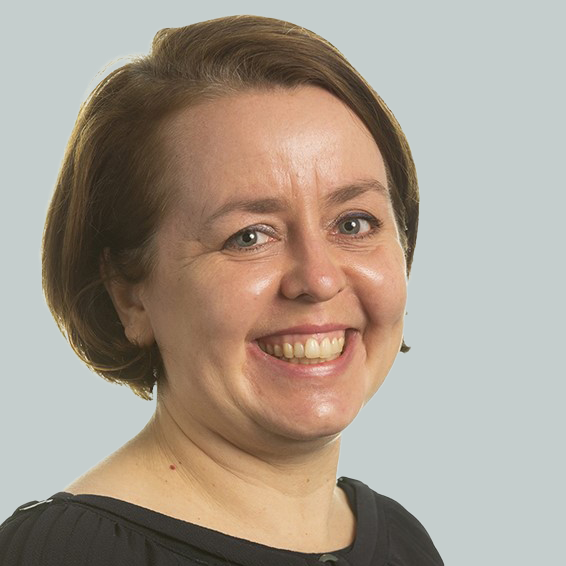An important challenge for the use of screening and diagnostic tests is determining the threshold for defining whether the result is positive or negative, when the results are measured on a continuous scale. In a recent CHDS seminar, Jytte Seested Nielsen presented new research that provides a framework for setting this threshold based upon consumer preferences. Nielsen is a Professor of Economics at Newcastle University, and is also affiliated with the University of Southern Denmark.
For imperfect tests, setting a test threshold involves a trade-off: reducing the number of false negatives leads to more false positives and vice versa. Nielsen and her coauthors developed a model of how consumers make these trade-offs, incorporating treatment benefits, the costs of unnecessary treatment, and individuals’ risk preferences. She then presented results from a novel incentivized experiment, showing that people’s choices in the lab align with the model’s predictions—and differ significantly from standard methods typically used to set test thresholds.
The findings can help tailor threshold selection to specific clinical contexts and individual risk preferences. Work on this approach is ongoing. Nielsen’s coauthors are Morgan Beeson (Newcastle University), Peter McMeekin (Northumbria University), and John Wildman (Newcastle University).
Learn more: Read an article about alternative approaches to threshold setting, Methods of Determining Optimal Cut-Point of Diagnostic Biomarkers with Application of Clinical Data in ROC Analysis: An Update Review
Related news: Using Routine Data for Drug-Resistant TB Surveillance
